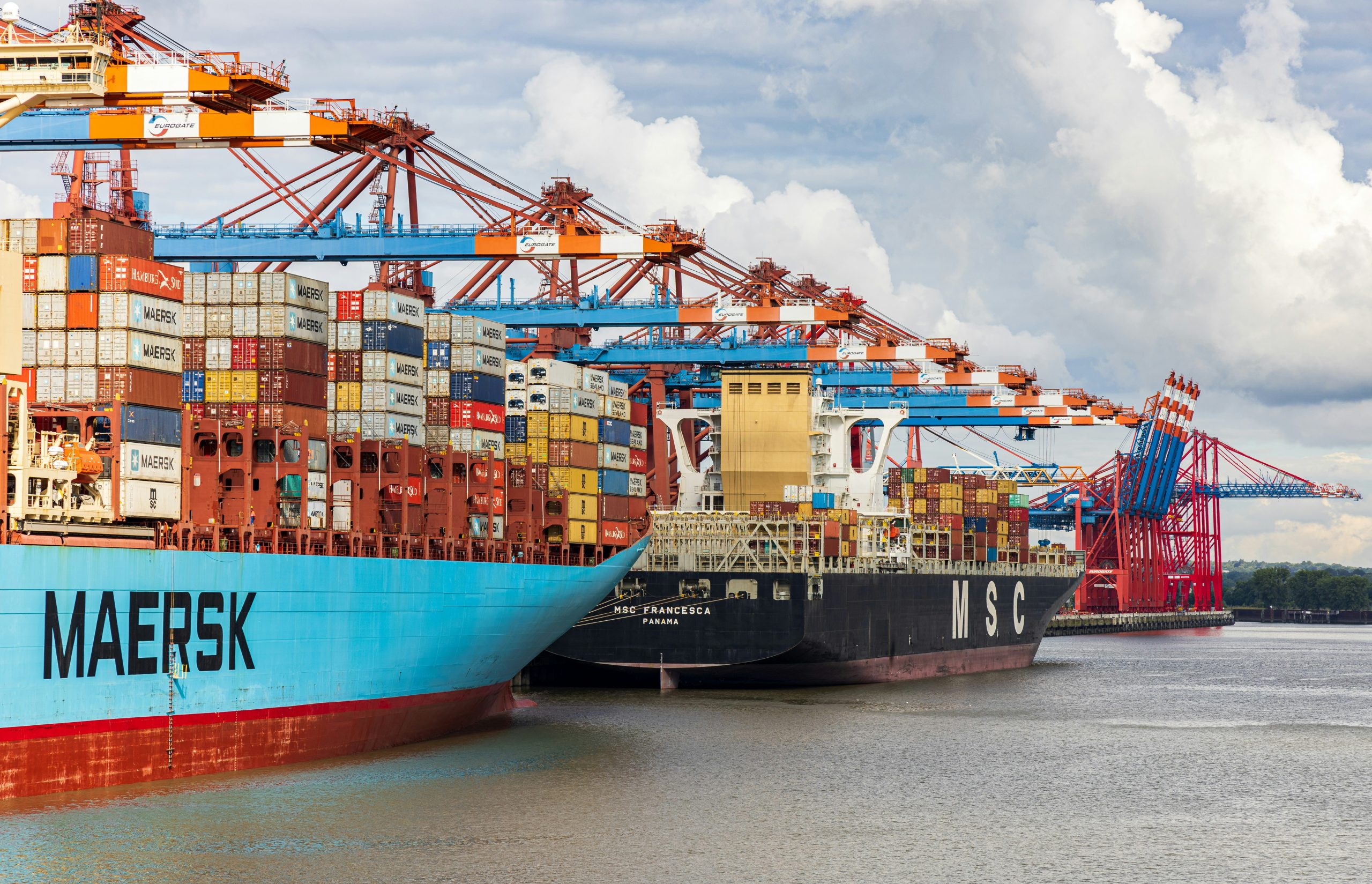Planet-compatible pathways for transitioning the chemical industry
New paper from Fanran Meng, Eric Masanet, André Cabrera Serrenho, Jonathan Cullen, and researchers from Systemiq and the University of Tokyo presents seven planet-compatible pathways the chemical industry could follow to reach net zero by 2050. They show that, through a combination of demand-side and supply-side strategies, it is possible to transform the industry so that it is a force for environmental good rather than a planetary-boundary-breaking threat.
The chemical industry produces many of the goods that support our everyday lives and livelihoods, such as the plastic in our clothes, cars and devices, or the fertilisers that help our food to grow. But the chemical sector is also responsible for 13% of global industrial greenhouse gas emissions and operates in excess of many other planetary boundaries.
A new study from researchers at the University of Cambridge, Systemiq, and the University of Tokyo presents seven planet-compatible pathways for transitioning the industry toward net zero by 2050. Their pathways cover 8 major primary chemicals (the basic building blocks of chemical products) and 2 derivative products (i.e. plastics and fertilisers), which together accounted for 72% of the industry’s emissions in 2020. These seven were chosen out of a total list of 25 pathways to net zero considered by the study.
In the chemical industry, most companies and policymakers are relying on supply-side technology options to bring us to net zero, and plan to leave demand unconstrained. The highest profile technological options include carbon capture and utilisation (CCU)/ carbon capture and storage (CCS), using bio-based or green-hydrogen-based feedstocks, direct air capture (DAC), and electrification.
The problem is that these supply-side technologies are currently still yet to be deployed at any meaningful scale and there is no guarantee that they will be developed in time to meet targets. This makes overreliance on this pathway very risky.
Other, opposing pathways can be equally risky, such as banning all plastics. Alternatives to plastic are very often just as, if not more emissions intensive as the plastic products they are replacing. Such a pathway would simply offload emissions to other sectors.
Instead, the researchers argue that between these extremes lie a range of possible, planet-compatible pathways we could follow. These pathways involve combinations of both supply-side and demand-side interventions, and could help us reach net zero with a cumulative capital investment of between $1.2-3.7 trillion. According to the researchers, “the result is lower-risk, technologically and financially feasible pathways which extend the solution frontier and place the chemical industry on a trajectory to meet 1.5oC targets by 2050 while respecting planetary boundaries.”
Amongst the interventions available, measures to improve resource efficiency and material circularity are identified as particularly important. These are demand-side strategies that help us get the most use out of the resources and processes we use, minimise wasted materials or energy, and improve the reuse and recycling of materials at all stages of a product’s lifecycle. Together, resource efficiency and circularity strategies could reduce global demand for chemicals by 23-33%.
The study also highlights a key opportunity for the chemical industry to not just reduce its contribution to the greenhouse effect by minimising emissions, but to actually reduce the amount of carbon in the atmosphere altogether. Currently, carbon tends to travel along a linear vector, from fossil fuel sources in the ground to its destination in the atmosphere. However, the chemical sector could use its capacity to use and store carbon to have a net positive effect on global warming. There is an opportunity to invert the carbon vector so that we are taking carbon out of the atmosphere (by using biogenic or air-capture sources of carbon) and storing it in the ground (through CCS or responsible landfill).
In these ambitious pathways, these technologies are used together with electrifying the industry’s energy supply to produce net negative emissions of up to 500 Mt CO2e per year across non-ammonia chemicals whilst still servicing society’s needs for chemicals. This would provide two benefits: 1) an alternative way to source feedstocks to make chemical products, and 2) an extra revenue stream from the negative emissions. The authors highlight that again, relying on these technologies alone is risky. In 2020, CCS capacity was only around 40 Mt. These strategies must therefore be pursued alongside resource efficiency and material circularity, which help to reduce the demand.
The researchers recommend accelerating the development of the technologies discussed, but also collaborating with other industries to drive more efficient, circular supply chains to help balance the amount of carbon flowing from ground to air with these novel flows that take carbon from the air to the ground. They also suggest that policy interventions such as carbon pricing would help to incentivise investment in the industry.
This combination of demand-side and supply-side measures could turn the chemical industry into a force for environmental good, rather than a planetary-boundary-braking threat. As lead author Fanran Meng says, “We are confident that our findings will encourage more research into not only achieving net zero emissions but also transforming the industry into one of few able to provide a dual service to society: chemicals and their utility plus a potential carbon credit.”
The research was part of the C-THRU project, led by Professor Jonathan Cullen, where researchers from four UK and US Universities are working to bring clarity to the emissions from the global petrochemical supply chain. The research was also supported by the Center for Global Commons at the University of Tokyo and Mitsubishi Chemical Corporation.
Read the full paper on PNAS here: Planet-compatible pathways for transitioning the chemical industry
Image Credit: Patrick Schatz






